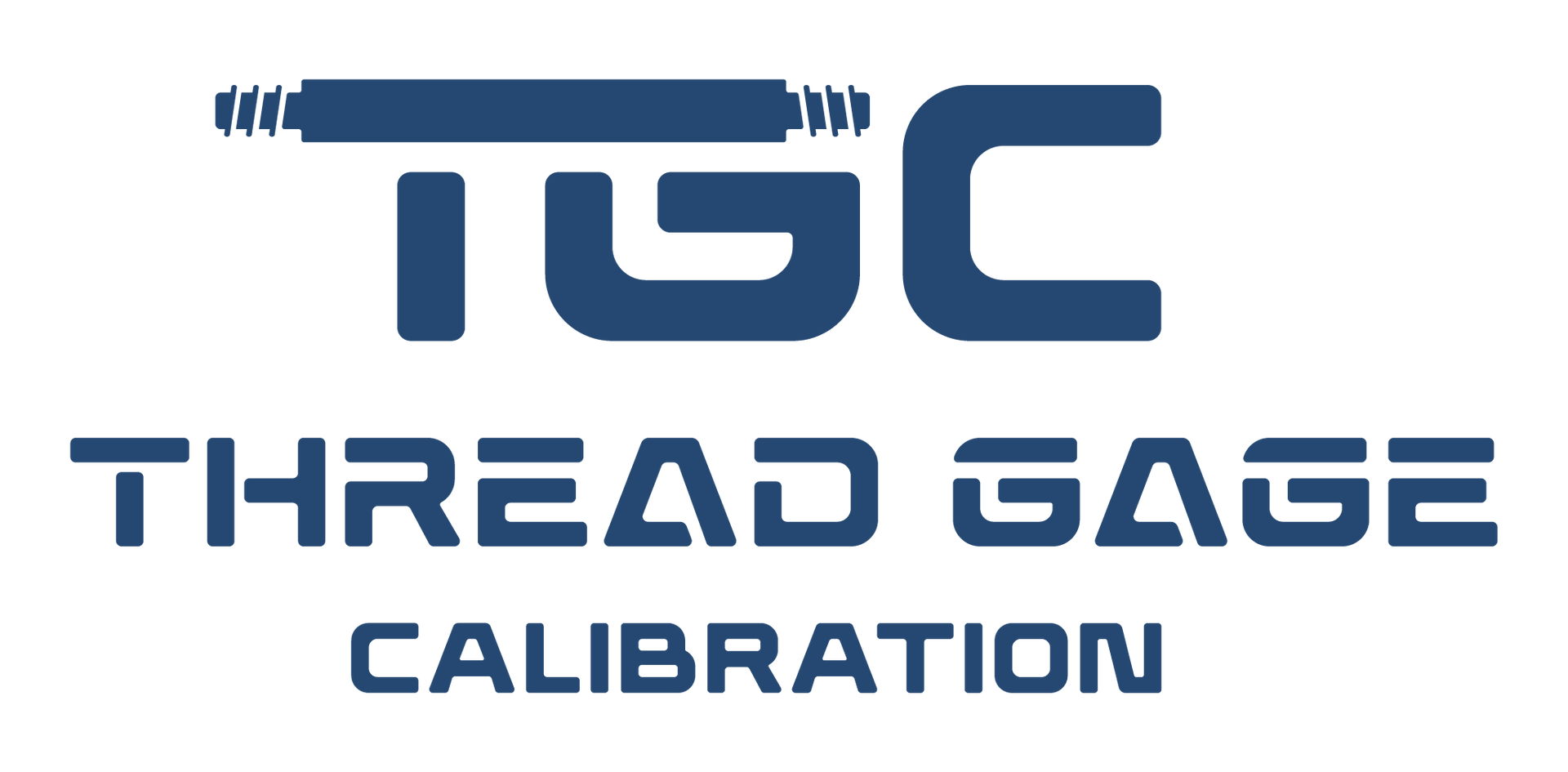
Technical Information
Rules For Determining How Many Turns A Not Go ( Lo ) Ring Gage Can Enter A Part
Determine which thread and gaging specification applies to the product being inspected.
Product manufactured to ASME B1.1 Unified Inch Screw Threads (UN, UNR, and
UNJ Thread Forms) is inspected/evaluated per ANSI/ASME B1.2 Gages and Gaging for Unified Inch Screw Threads.
ANSI/ASME B1.2 – 1983, SECTION 5.2.1
The "NOT GO (LO) functional diameter is acceptable when the NOT GO (LO) thread ring gage applied to the product thread does not pass over more than three complete turns."
Product manufactured to ASME B1.13M Metric Screw Threads: M Profile are inspected/evaluated per ANSI/ASME B1.16M Gages and Gaging for Metric M Screw Threads
ASME B1.16M – 1984, section 5.2.1
"LO functional diameter limit is acceptable when the LO ( NO GO ) thread ring gage is applied to the product external thread if:"
(a) it is not entered; or
(b) all complete product threads enter, provided that a definite drag from contact with the product material results on or before the second turn of entry. The gage should not be forced after the drag is definite.”
In other words, the external thread that is made to the ASME B1.13 standard may enter the entire length of the NOT GO Ring gage and still be acceptable as long as the inspector can feel a "definite drag" between the gage and the thread not more than two threads from the starting end.
Metric threads manufactured to ISO specifications, e.g., ISO 68, ISO 261, ISO 965 are inspected/evaluated per ISO 1502.
ISO 1502-1996, section 7.1.9c
"A NOT GO screw ring gage, when screwed by hand without using excess force on the work piece thread, may enter on both sides by not more than two turns of thread."
Metric Threads manufactured to JIS B0205 are inspected/evaluated per JIS B0251
JIS B 0251, section 7.1.9c
"The NOT GO screw ring gauge, when screwed by hand without excessive force on the workpiece thread, may enter both ends, but by not more than two turns of thread. The two turns are determined when withdrawing the gauge.
What action can be taken when two gages provide different results?
Case: Two identical NOT GO thread ring gages provide different results when inspecting parts. One gage exceeds the allowable entry onto the part while the other gage does not.
Solution: The gages must be evaluated and recalibrated by means of a set plug to see if the ring gages are set correctly to size. There are many factors that can cause a thread ring gage to be out of tolerance. A gage may be accidently dropped by an operator causing the gage to be knocked out of size. Wear from use of the gage may be a factor prior to its frequency of calibration due date schedule. The two gages may be set to two different set plugs. Due to gage tolerances of the set plugs their actual sizes may be significantly different creating a different size and fit for the ring gages. Compounding this condition is the subjectivity of "drag" for setting thread ring gages to matching set plugs.
End Result: After the evaluation of both gages and if they meet the calibration requirements than they are considered acceptable. (SEE ASME B1.3, SECTION 6.B & ASME B1.2)
To reduce the possibility of a gaging dispute, manufacturers of threaded product may want to not allow Not Go ring gages to enter more than 1 ½ to 2 turns.
Need Your Thread Gages, Rings or Plugs Calibrated?
Address
Thread Gage Calibration
Osborn Products
1127 West Melinda Avenue
Phoenix, AZ 85027
Email Us
